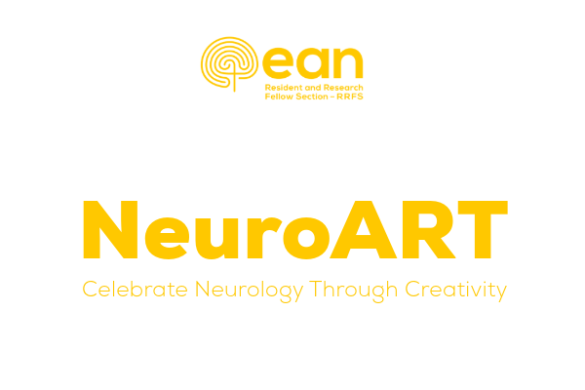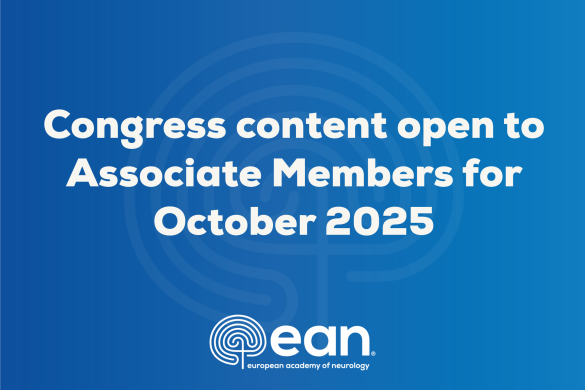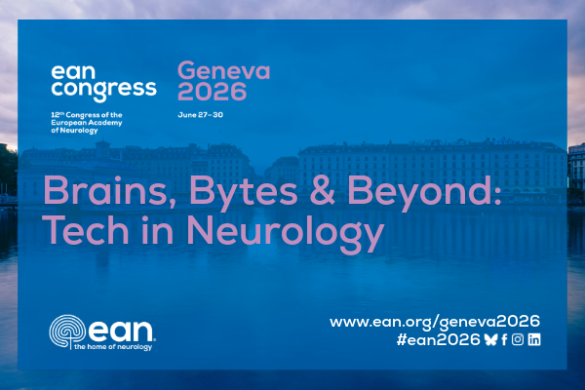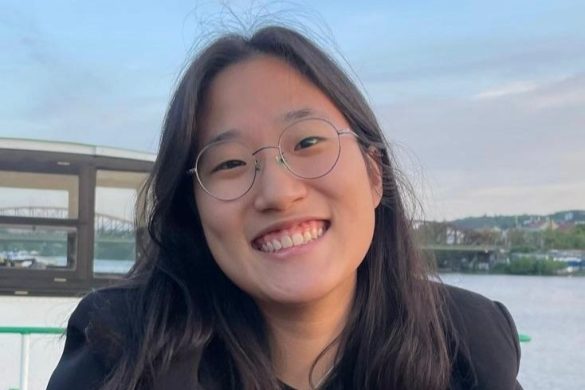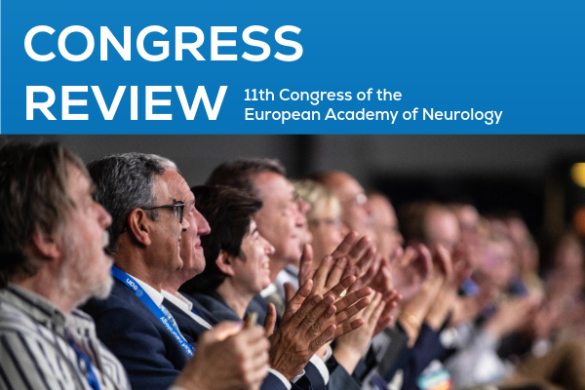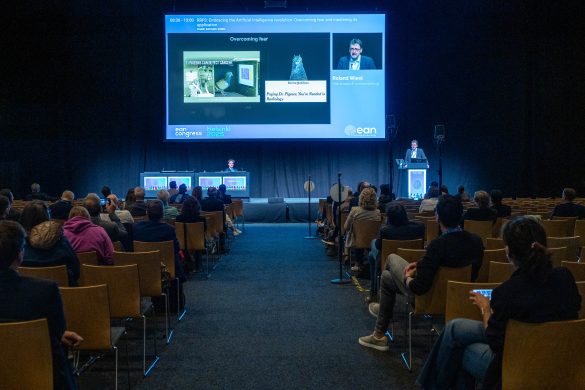Symposium 9 – Untangling inflammatory and degenerative aspects of multiple sclerosis
Hall M3, Tue, 2016-05-31, 08.00-10.00
Chairpersons
Martin Kerschensteiner, Munich, Germany
Xavier Montalban, Barcelona, Spain
Insights from MS pathology
Wolgang Brück, Göttingen, Germany
Insights from experimental models
Martin Kerschensteiner, Munich, Germany
Insights from clinical imaging
Paul M.Matthews, Oxford, United Kingdom
Insights from therapeutic trials
Xavier Montalban, Barcelona, Spain
In this symposium the speakers addressed the model of MS as an inflammatory disease (outside-in hypothesis) or degenerative disease (inside-out) from different points of view. They provided evidences that MS can not be considered just as a disease related with focal white matter lesions, sharing linked inflammatory and neurodegenerative mechanisms.
Prof. Brück firstly addressed several aspects of MS pathology focusing on focal white and grey matter lesions. He presented the pathology of active demyelinating lesions from childhood MS cases as an evidence of highly inflammatory lesions linked to increased extension of axonal damage as compared to adults. The axonal damage correlated with inflammation also in early adult MS, but declining with age; even in progressive cases, degeneration was correlated with the degree of inflammation. Later on, Prof. Brück raised the question of whether pathological changes found in the Normal Appearing White Matter (NAWM) is a pure secondary process related with active lesions or is rather an independent primary phenomenon. He presented cases of diffuse axonal damage in the NAWM of SPMS and PPMS, describing the presence of extensive axonal loss in NAWM of the spinal cord and corpus callosum in up to 42% and 34% of MS patients, respectively. The second part of the talk was centred on cortical lesions, again linking inflammation and neurodegenerative aspects in MS. He described the strong correlation between meningeal inflammation and cortical pathology, and the extensive synapses loss found in MS lesions, striking the absence of differences regarding dendrite pathology when demyelinated areas were compared to normal appearing gray matter. Finally, he remarked that relapsing pathology may be different from progressive pathology, but the neurodegenerative process of MS should not be considered as pure phenomenon isolated from inflammation.
Prof. Kerschensteiner described in his talk how experimental models of MS may help to understand inflammatory and degenerative aspects of this disease. From a straight forward approach of MS, inflammatory infiltrate from the periphery may be directly linked to axon damage. However, it is not clear how these initial mechanisms may lead to neurodegeneration and a more diffuse pathology. He presented his experience in transgenic models of axonal transport, describing the shut down of mitochondrial transport in EAE models as compared to controls, not only in active lesions but also in the NAWM. Descriptions of potential mediators, organelle depletion, axonal dysfunction, and loss of dendritic spines were later described in MS lesions and also in NAWM. Prof. Kerschensteiner continued his talk describing murine models of cortical pathology, analyzing the dendrite spine density, the macrophage infiltration and microglia activation in cytoquine-induced cortical lesions. Overall, Prof. Kerschensteiner provided several evidences to support the concept that the pathological process in MS may shift into a more diffuse extensive pathology outside the primary inflammatory lesions.
The symposium continued with Prof. Matthews, who provided to us an excellent review of how clinical neuroimaging may be used to untangle the mechanism of neuroinflammation and neurodegeneration in MS. Challenges of imaging, such as the characterization of the neurodegenerative and neuroinflammatory process, establishing a clinico-pathological association, and even more, causality, were presented as objectives of neuroimagaing tools. Prof. Matthews described how different imaging techniques may allow us to study generalized neurodegeneration in the brain evaluating global or tissue-specific atrophy, axonal loss in white matter lesions and NAWM analysis by spectroscopy using N-acetyl aspartate (NAA), and providing descriptions of accelerated neuronal loss in subcortical grey matter. Neuroinflammatory aspects of the disease can be evaluated by the analysis of gadolinium (Gd) contrast enhancement lesions, macrophage infiltration by ultra-small paramagnetic iron oxide nanoparticle uptake, and meningeal inflammation by delayed Gd-enhancement. Prof. Matthews presented as examples of potential causal associations between neuroinflammation and neurodegeneration the evolution of Gd-enhanced lesions to T1-hypointense “black holes” and the dynamic changes in MRI MTR following Gd-enhancement in single lesions. Finally, controversies were also raised for the apparent dissociation between inflammation and neurodegeneration, such as the decline in brain atrophy at similar rates across clinical MS stages. He remarked the reduced sensibility of current MRI method to detect cortical lesions and provided neuroimaging evidences of diffuse microglia activation and its persistence in inflammatory lesions despite sustained treatments which apparently are not able to turn off microglia activation.
Finally, Prof. Montalban illustrated his wide experience in therapeutic clinical trials describing the approaches previously taken for relapsing-remitting MS and progressive MS. Clinical trials have provided fundamental treatments for RMS. However, there is a current increase in size and complexity in trials designs, costs and a limited patient pool, that may lead to potential problems such as different populations included in studies, methodological differences and possible ethical issues. The choice of a comparator has evolved from an initial use of placebo-controlled trials to the use of head to head studies using active comparators, which may have a impact in the type of MS patient included in the study. A need for smarter clinical designs was remarked. Despite the use of MRI as potential surrogated for relapse, clinical scoring is crucial and at this regards, the experience of natalizumab and progressive multifocal leukoencephalophaty was presented. New standards in clinical trials such as the NEDA criteria (no evidence of disease activity) were reviewed. Prof. Montalban continued his talk presenting the experience in clinical trials assessing progressive MS, remarking that there are not substantiated genetic, immunological of pathological evidences to consider RMS different from PMS. In this context, he presented the promising results of the Oratorio clinical trial (ocrelizumab in PPMS) describing a significant reduction the risk of disability progression, contrasting with the results of the Inform clinical trial (fingolimod in PPMS), which have raised several still unanswered questions regarding immunological therapies in MS. Finally, Prof. Montalban finished his talk presenting two interesting clinical cases illustrating the presence of high inflammatory activity even after several years of progressive clinical course, closing this symposium with clinical evidences supporting the link between neuroinflammation and neurodegeneration.
Jose Enrique Martinez Rodriguez, MD, PhD
Spain




